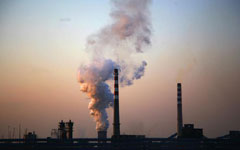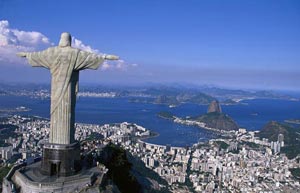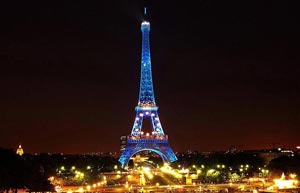"Livability comprises three essential ingredients: Air, water and land," she says. "Clean air to breathe, clean water to drink, and green, well-managed land to enjoy."
"We have to manage all three of these natural resources well to create livable urban spaces," says Singru, who is regional team leader for the Green Cities Initiative with the Asian Development Bank.
|
 |
|
 |
Green cities embrace a much more holistic view of growth, she says, and create an environment for people to access employment and services opportunities.
"The more we incorporate these into urban planning, it will lead to added health benefits for the citizens," she says.
Asia has already been facing enormous environmental challenges. Three of the top five carbon dioxide emitting economies as well as 11 of the 20 most polluted cities in the world are in Asia.
In many parts of the region, losses from traffic-related congestion amount to 5 percent of GDP.
The situation is worse in poor cities that experience rapid growth, where pollution is becoming extremely serious, infrastructure supply lags demand, and basic public services such as water connections and solid waste disposal do not reach the majority.
In addition, many residents live on marginal lands where they face risks from flooding, disease and other shocks.
How Asian cities develop in the years to come will be the defining element in the region's long-term prosperity and stability, according to the ADB.
"The quality and efficiency with which Asian cities are developed will make or break the region," the bank said in an online report titled Green Cities.
"Despite the problems, these rapidly growing cities are not simply home to urban squalor," it said. "They contain the vital ingredients to improve millions of people's lives in the region. They are the engines of growth that drive prosperity in Asia and lead to solutions."
Axel van Trotsenburg, the World Bank's vice-president for East Asia and the Pacific, said in a commentary recently that "cities have always been the engines of economic growth; now they hold the key to a sustainable future".
He added that the urban arena is where development challenges and solutions meet.
"Some 6.2 billion people - or two-thirds of the world's population - will be living in cities by 2050. Unfortunately, most of this urban growth will take place in developing countries, where the vast majority of people remain unserved by basic infrastructure services and where they are least able to cope with the uncertainty of climate impacts."
|
 |
 |
| The 10 most expensive cities to rent office space |
